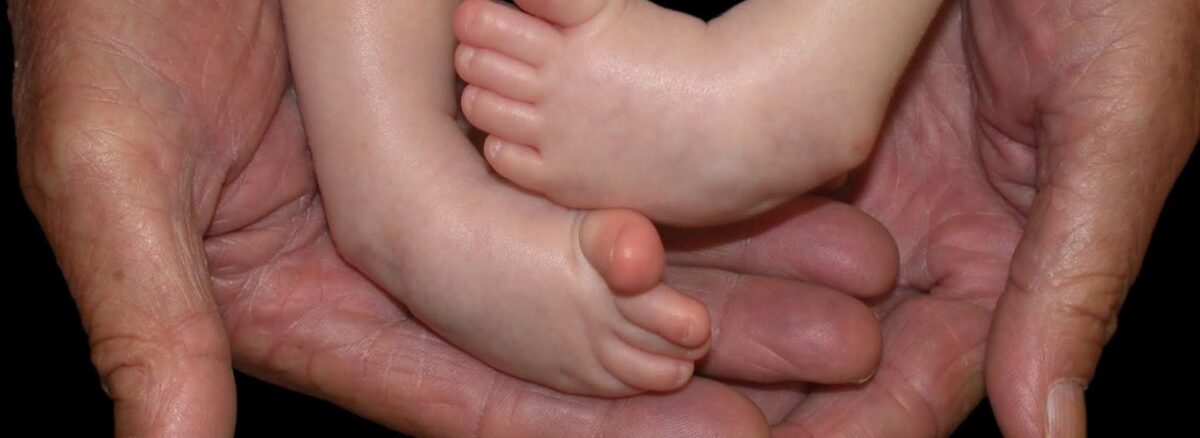Clubfoot is a congenital condition that affects thousands of babies worldwide. While the prospect of dealing with clubfoot can be daunting for parents, it’s important to remember that with proper treatment and care, most children can lead normal, healthy lives. As a pediatric orthopedic specialist, I’m Dr. Sameer Desai, and I’m here to guide you through the journey of clubfoot treatment.
Understanding Clubfoot
Clubfoot is a condition in which a baby’s foot is twisted out of shape or position at birth. It can affect one or both feet. The exact cause is not always clear, but it is believed to result from a combination of genetic and environmental factors.
Early Diagnosis Matters
The first step in managing clubfoot is early diagnosis. This typically occurs during a routine prenatal ultrasound or shortly after birth. Early diagnosis allows for early intervention, which is critical for successful treatment. Don’t hesitate to consult a pediatrician or orthopedic specialist if you suspect your child has clubfoot.
Treatment Options
Fortunately, clubfoot is a treatable condition, and there are well-established treatment options. The primary methods include the Ponseti method and surgical correction. Let’s explore these in more detail:
- Ponseti Method: The Ponseti method is the most common non-surgical approach to treating clubfoot. It involves a series of gentle manipulations, stretching, and casting to gradually correct the foot’s position. Following this, a small surgery may be performed to release the Achilles tendon. Bracing is then used to maintain the corrected position, typically for several years.
- Surgical Correction: In some cases, surgical intervention is necessary, especially if the Ponseti method doesn’t achieve the desired correction. The surgery aims to release the tight tendons and ligaments, allowing for a more flexible and properly aligned foot. Post-surgery bracing and physical therapy may be required.
The importance of bracing cannot be overstated, as it’s crucial for maintaining the correction achieved through either method. Compliance with the recommended bracing schedule is vital to ensure the long-term success of treatment.
Emotional Support
The journey of clubfoot treatment can be emotionally challenging for parents. It’s essential to seek emotional support from friends, family, or support groups. Understanding that you’re not alone in this journey can help reduce stress and anxiety.
What to Expect
Throughout the treatment process, regular appointments with your orthopedic specialist will be necessary to monitor your child’s progress. Be prepared for multiple casting and bracing phases, as well as ongoing assessments. Remember that each child responds differently to treatment, and patience is key.
Long-Term Outlook
With the right treatment and ongoing care, most children with clubfoot can lead normal, active lives. However, it’s important to recognize that the journey doesn’t end with treatment. Follow-up appointments may be necessary as your child grows to ensure that the foot maintains its proper alignment.
Conclusion
As a parent, dealing with clubfoot can be challenging, but remember that you are your child’s biggest advocate. Early diagnosis, timely treatment, and emotional support are vital components of the journey. Keep the lines of communication open with your medical team, trust the process, and stay committed to your child’s care. Together, we can help your child step into a bright and healthy future. If you have any concerns or questions, don’t hesitate to consult with a healthcare professional for guidance and reassurance.


